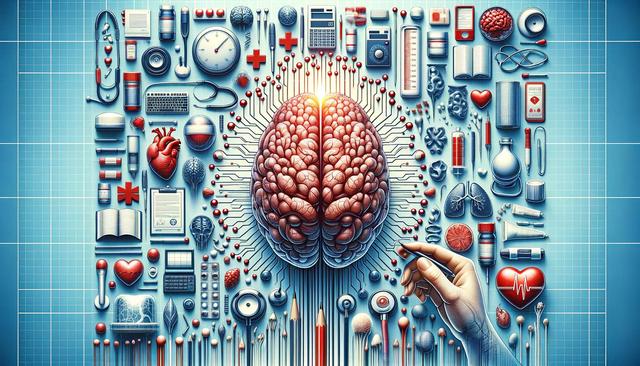The Importance of Exercise in Stroke Recovery
Physical activity plays a crucial role in the recovery process after a stroke. It helps improve physical abilities, enhances mental well-being, and reduces the risk of subsequent strokes. Implementing a well-structured exercise regimen is often recommended by healthcare professionals to facilitate rehabilitation. Engaging in regular exercise can help rebuild strength and coordination, which are commonly affected by a stroke. Additionally, exercise can aid in improving cardiovascular health, which is essential for preventing further complications. Consistency and patience are key, as recovery may take time, but the benefits of exercise are substantial and impactful.
Effective Exercises for Stroke Rehabilitation
Choosing the right exercises is vital for effective stroke rehabilitation. One highly effective exercise is walking, which can improve balance and endurance. Walking should be done progressively, starting with short distances and gradually increasing as strength and stability improve. Other beneficial exercises include:
- Seated marching: Helps enhance lower body strength and coordination.
- Heel raises: Encourages flexibility and balance in the lower limbs.
- Arm raises: Improves upper body strength and range of motion.
These exercises should be performed under the guidance of a physical therapist to ensure safety and effectiveness, catering to individual capabilities and limitations.
Role of Physical Therapy in Stroke Recovery
Physical therapy is an integral part of the stroke recovery process. A trained therapist can design a personalized exercise program tailored to the needs and progress of the individual. They provide valuable support in ensuring exercises are performed correctly, preventing injuries, and maximizing rehabilitation benefits. Physical therapists also track progress, making necessary adjustments to the exercise plan to match the evolving capabilities of the patient. Their expertise not only aids in physical recovery but also empowers individuals with the confidence to regain their independence through targeted exercise routines.
Mind-Body Connection in Stroke Recovery
The mind-body connection is a critical aspect of stroke recovery, as mental well-being significantly influences physical rehabilitation. Integrating mindfulness practices can be advantageous, as they promote relaxation, reduce stress, and enhance overall mental health. Practices such as meditation or deep breathing exercises can complement physical activities by fostering a positive outlook and reducing anxiety. This holistic approach ensures a balanced recovery, addressing both physical and mental aspects, leading to a more comprehensive and effective rehabilitation process.
Support System and Motivation
Having a strong support system is essential for those recovering from a stroke. Family, friends, and healthcare professionals can provide emotional support and motivation, which are crucial for maintaining consistency in an exercise regimen. Joining a support group can also offer encouragement and a sense of community, providing individuals with shared experiences and coping strategies. Celebrating small achievements and progress milestones can boost morale, helping maintain motivation and focus throughout the rehabilitation journey. This collective effort aids in creating a sustainable path to recovery.
Conclusion
Incorporating exercise into stroke rehabilitation is an indispensable component of the recovery process. It enhances physical capabilities, promotes mental well-being, and reduces the risk of future strokes. By selecting appropriate exercises and leveraging the support of physical therapists and loved ones, individuals can navigate their recovery journey with greater ease and confidence. A holistic approach that includes physical activity, mental health practices, and a strong support network can significantly improve outcomes, paving the way for a successful and fulfilling recovery.
